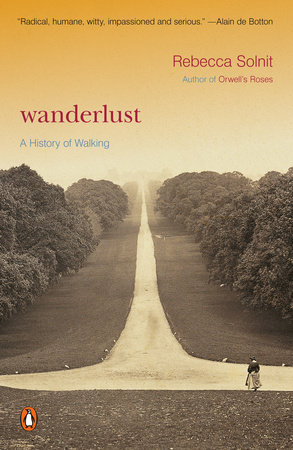
Vergunst, J.L. & Ingold. (2008). Ways of Walking Ethnography and Practice on Foot. Routledge.
Routledge anthropology. This volume contains a collection of ethnographic accounts that explore the practice of walking across a range of cultural contexts. The authors discuss themes of movement, place-making, landscape, and social life. The interdisciplinary contributions of this volume provides wide ranging perspectives. Together, they provide an enriched account of studies of embodiment and techniques of the body and emphasize the importance of movement by foot to the human experience.
Ingold, T. (2011) Being Alive: Essays on Movement, Knowledge, and Description. Routledge
Routledge Though not focused solely on walking, this book provides detailed and imaginative accounts of experience, movement, and embodiment. Ingold probes at fundamental questions of experience through a series of essays that explore–among other things–perception, materiality, experiences of the senses, description and drawing.
Solnit, R. (2000). Wanderlust. Viking Penguin Group
PenguinRandomHouse In this book, Solnit explores the practice of walking and its relationship to aesthetics, culture, philosophy, and politics. She draws on a range of different histories of walking and locate forms of resistance and subversion in seemingly pedestrian gestures. In describing the connections between thinking, walking, and the imagination, Solnit argues for the increasing importance and necessity of walking.
Sebald, W. G. (1995). The Rings of Saturn.
New Directions This book follows the wanderings through the Suffolk coast and Sebald’s mind, it includes a series of meditations that meanders through themes of history, memory, melancholia. The poetic prose “wanders”, embracing tangents and digressions about eccentric figures, histories, landscapes, and unfolding events. The text is highly descriptive, imaginative, and illustrative, drawing up many visuals in the readers mind, and punctuated with photographs. Sebald’s intellectual concerns over loss, identity, and decay also shape the entries throughout.
de Certeau, M. (1980). The Practice of Everyday Life. University of California Press.
University of California Press De Certeau’s text draws attention to the omissions of social sciences in their formal understandings of culture, in the everyday mundane practices of people on the ground which subvert generalizations and categorizations. Chapter 4, the Walking in The City’, specifically addresses the practice and process of walking and what it has to offer more intimate and tactile cultural impressions. He differentiates between structures of power and actual life, concerned with the aspects of social life that slip out from imposed orders.